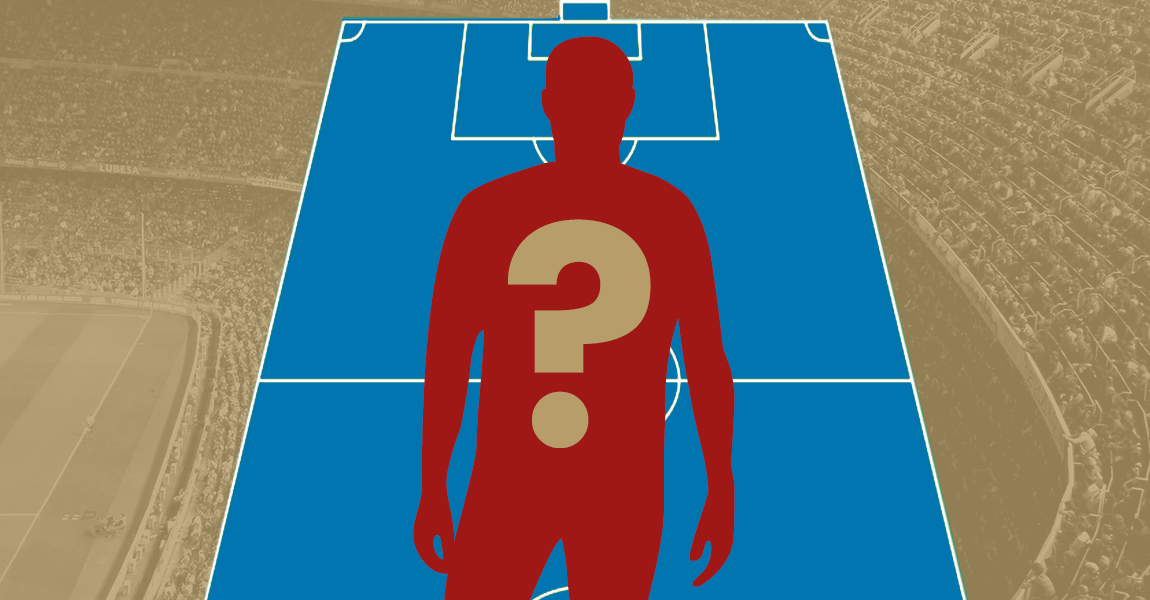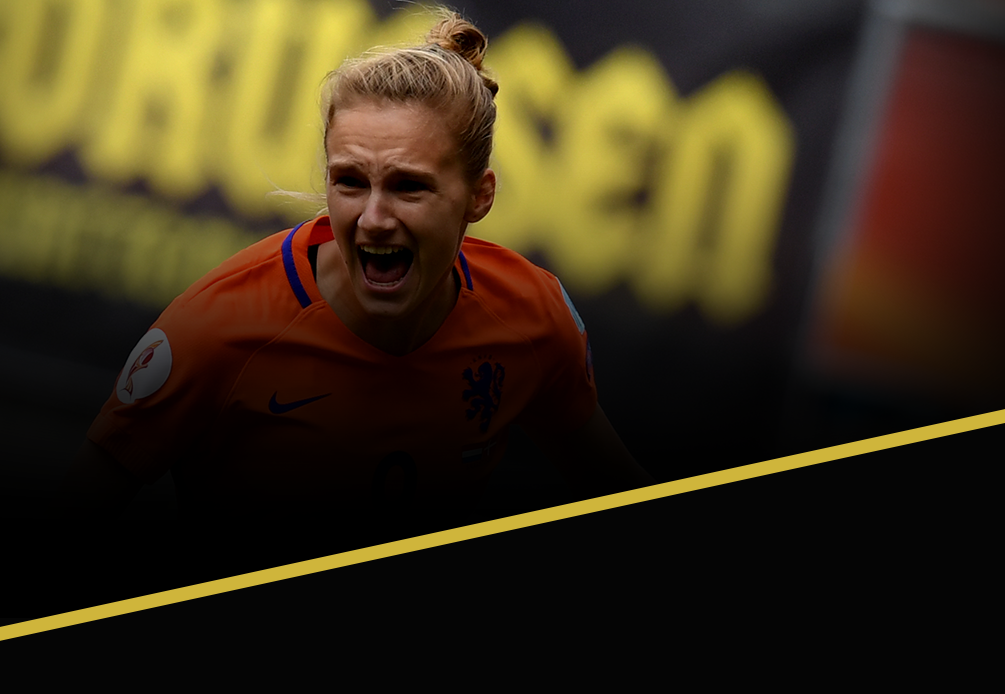Day two of the 2014 FIFA World Cup saw the holders Spain taking on the Dutch in a highly anticipated rematch of the finalists from the last edition in South Africa. The build up to the World Cup has seen questions asked of both teams: Spain, despite their domination of the international scene in recent years, has been labeled as a fading dynasty that will fall apart with this year’s World Cup. Expectations for their opponents, the Netherlands, have also been at an all-time low as Louis Van Gaal’s men have been branded one of the worst Dutch teams to go to a World Cup. With all this being said, Spain were firm favorites ahead of the game and were expected to enjoy a comfortable win and take a commanding lead in Group B. However, the result could not have been more different.
Line Ups
Spain (4-3-3): Casillas, Azpilicueta, Pique, Ramos, Alba, Busquets, Xavi, Alonso (Pedro 62’), Silva (Fabregas 78’), Iniesta, Costa (Torres 62’)
Netherlands (3-5-2): Cillessen, De Vrij (Veltmaan 77’), Vlaar, Martins Indi, Janmaat, De Guzman (Wijnaldum 62’), De Jong, Blind, Sneijder, Robben, Van Persie (Lens 79’)
Goals: Spain (Alonso 27’ Pen); Netherlands (Van Persie 44’, 72’; Robben 53’, 80’; De Vrij 65’)
Spain 1-5 Netherlands

Made using Tactical Pad
ANALYSIS
Dutch back three exposed in first half
Manchester United bound Louis Van Gaal decided before the tournament to switch the Oranje from their traditional 4-3-3 to a system featuring three center backs and two wing backs. However, the Netherlands back three were exposed time and time again in the first half by La Roja. Van Gaal’s decision to employ a man marking system saw gaping holes open up in the Dutch defense. Often times, the center back would rush out into midfield to follow their man; Martins Indi especially was guilty of this more than a few times in the opening period.
MORE READING
- Analysis of Netherlands’ tactical approach, set-up & formation
- Analysis of Spain’s tactical approach, set-up & formation
- World Cup Tactical Analysis: Spain 0-2 Chile
- Interview with Dutch expert, Peter McVitie, sub-editor of Goal International
- Interview with Spanish expert, David Cartlidge, online editor of beINSPORTSUSA
The lack of positional discipline by the Dutch center backs combined with a poorly maintained high line were capitalized on by Spain through incisive passing; Diego Costa broke free and had a few early chances in this manner. Costa won the penalty after a similar slide rule ball and Spain took the lead. Silva too had a great chance after being played through by Iniesta but fluffed his lines with a poor chipped attempt. It was all too easy in the first half for Spain as their superior passing exposed the gaps in the back three. However, van Gaal rectified the mistake at half time as the Dutch defense became more cohesive and organized in the second half, minimizing the gaps in the back line.
Spain’s lack of runners
However, Spain themselves failed to properly exploit the Oranje’s defensive weakness. A feature of La Roja’s dominance over the last six years was their excellent movement in the attacking third. Their midfield maestros would interchange at will as they held on to the ball; eventually, a runner would break and the killer pass would be played. Rinse and repeat. Simple. However, Spain seemed more static than usual today; aside from the Silva chance in the first half, only Costa attempted to run into the space behind the Dutch backline. Spain needed more runs to be made, especially in the first half considering the defensive fragility of the Dutch back three. The high line played by Netherlands seemed tailor made for Spanish runners to break through, but Spain were tame in possession and the Dutch neutralized the reigning champion’s offensive threat. Despite 57% possession (actually pretty low by Spanish standards), Spain struggled to carve out chances due to their lack of runners.
Flying fullbacks
Both sides saw marauding full backs bombing down the left wing. For Spain, Barcelona left back Jordi Alba took up a left winger position on attack, overlapping Iniesta on many occasions. Alba occupied Janmaat and allowed Iniesta to cut inside and take up a dangerous position between the lines. For the Dutch, both wing backs, Blind and Janmaat found themselves in acres of space out wide. While Janmaat had to deal with Alba in an advanced position, Azpilicueta’s withdrawn role and Silva’s tendency to come inside allowed Blind to dominate the left, or Spain’s right.
It came as no surprise that Blind created the first two Dutch goals with pinpoint crosses/long balls from deep. Blind had a brilliant game both offensively and defensively as the wing backs made the difference for the Dutch. With Alonso and Busquets playing as a double-pivot, van Gaal realized the importance of attacking through the wide areas and gave Blind the license to go forward. On the other hand, despite Alba’s forays into the Netherlands half, he was rarely found, leaving Spain extremely narrow.

via squawka.com
Dutch strikers going more central
Van Gaal sprung a surprise in his initial line up as Sneijder started through the middle, with Van Persie on the right and Robben on the left. Besides an early Sneijder chance, the Dutch struggled to create with such a formation; as a result, Van Gaal switched it up to the expected formation and let both Van Persie and Robben come through the middle, with Sneijder acting as the playmaker behind them. The change meant that both of Spain’s center backs were occupied, something the pair struggled to deal with as Pique and Ramos had poor games.
The first goal came as a result of Ramos marking Robben and subsequently playing Van Persie onside. In the second half, van Persie returned to a slightly wider role but Robben continued through the middle; his brilliant movement exposed the Spanish center backs once again as Netherlands took the lead after another Blind long ball. Robben dominated the game from there on as Spain failed to deal with his movement, as the Bayern man interchanged and dovetailed beautifully with van Persie and Sneijder. Robben going through the middle added pace to the Dutch counterattack, something that grew more and more dangerous as the game wore on.
BEST PLAYER
Undoubtedly Arjen Robben. The Bayern attacker was absolutely brilliant, electric in his movement. Given the responsibility of a central role, Robben took the opportunity with aplomb. His two goals highlighted the two different roles he played. His first-the Dutch second-saw Robben as an out and out striker, occupying the center backs on the last line. His second-the fifth and final Dutch goal-was a ruthless counter attack with a dangerous Robben run from deep, in his withdrawn, second striker role. His pace exposed the lack of mobility of Spain’s midfield and rendered the double pivot that led La Roja to the World Cup in South Africa useless. Excellent effort from the Dutchman.
Special mention to Daley Blind who dominated the left flank. He was unwavering in his defensive duties and a menace going forward, deservedly notching two assists with pinpoint deliveries.
WHERE DOES THIS LEAVE THEM?
The Netherlands are now in pole position in group B, not only because of the 3 points but also because of the +4 goal difference. A win against Australia could seal an unexpected first place for the Oranje. Spain, on the other hand, need to regroup quickly. La Roja lost their opener in 2010 to Switzerland but bounced back to win the World Cup; however, their next opponent is a dangerous Chile. Vicente del Bosque needs to introduce a physical presence into the midfield and has to find a way to add an extra dimension to Spain’s play. Despite the danger of Chile, Spain will still be confident of reaching the next round, but a second place finish opens up the prospect of facing the hosts Brazil in the Round of 16.
Read all our World Cup content here.
- A Tribute to Robin van Persie - July 23, 2015
- Chris Smalling: Redemption Achieved? - June 10, 2015
- The story of Ashley Young’s resurgence under Louis van Gaal - April 29, 2015
























































